Erin Beveridge
Attaining human-level performance with atlas location autocontext for anatomical landmark detection in 3D CT data
Sep 30, 2018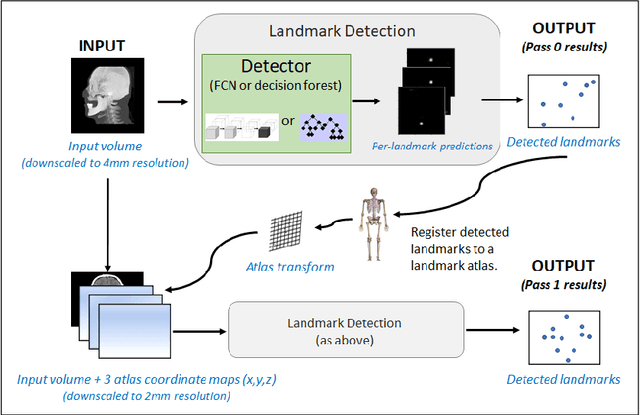
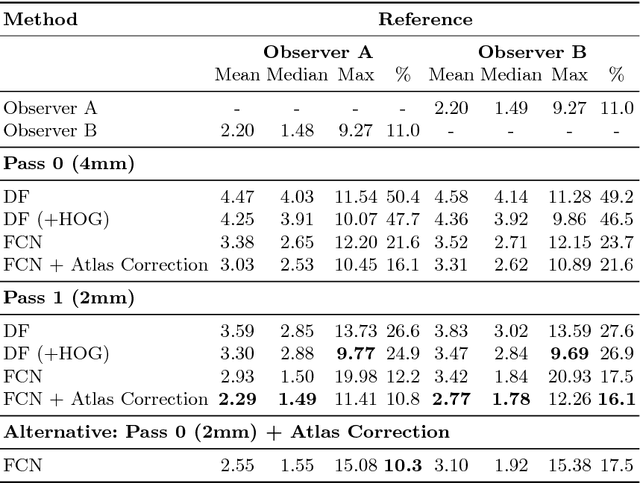

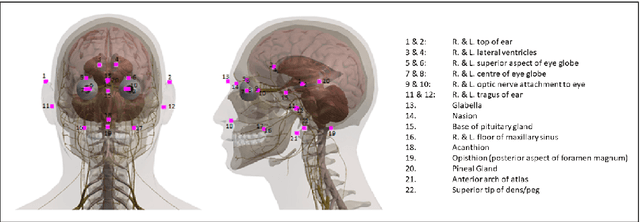
Abstract:We present an efficient neural network method for locating anatomical landmarks in 3D medical CT scans, using atlas location autocontext in order to learn long-range spatial context. Location predictions are made by regression to Gaussian heatmaps, one heatmap per landmark. This system allows patchwise application of a shallow network, thus enabling multiple volumetric heatmaps to be predicted concurrently without prohibitive GPU memory requirements. Further, the system allows inter-landmark spatial relationships to be exploited using a simple overdetermined affine mapping that is robust to detection failures and occlusion or partial views. Evaluation is performed for 22 landmarks defined on a range of structures in head CT scans. Models are trained and validated on 201 scans. Over the final test set of 20 scans which was independently annotated by 2 human annotators, the neural network reaches an accuracy which matches the annotator variability, with similar human and machine patterns of variability across landmark classes.
A Distance Oriented Kalman Filter Particle Swarm Optimizer Applied to Multi-Modality Image Registration
Mar 20, 2018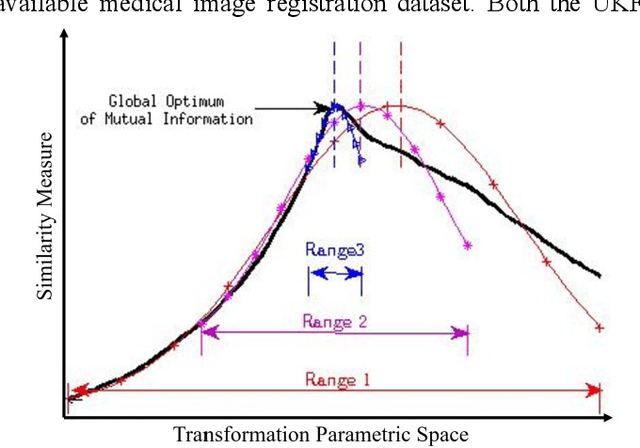
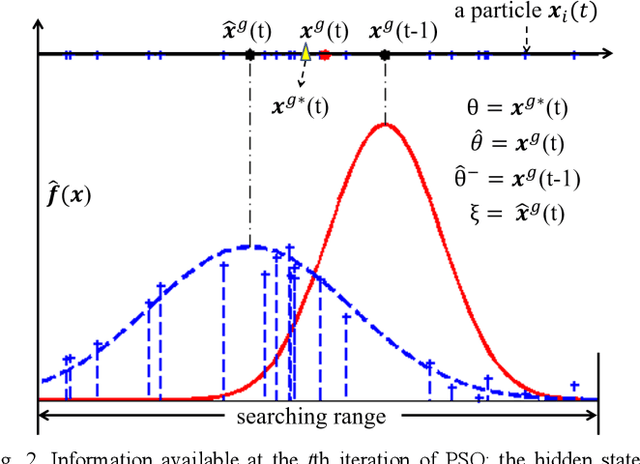
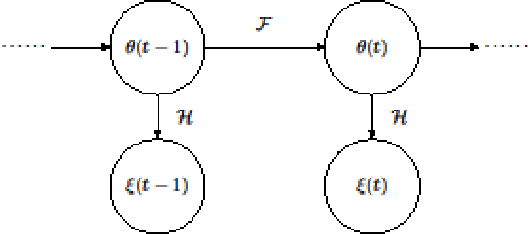
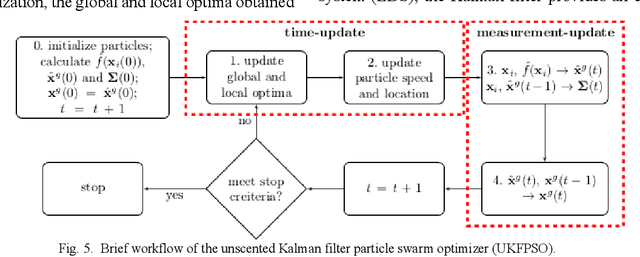
Abstract:In this paper we describe improvements to the particle swarm optimizer (PSO) made by inclusion of an unscented Kalman filter to guide particle motion. We demonstrate the effectiveness of the unscented Kalman filter PSO by comparing it with the original PSO algorithm and its variants designed to improve performance. The PSOs were tested firstly on a number of common synthetic benchmarking functions, and secondly applied to a practical three-dimensional image registration problem. The proposed methods displayed better performances for 4 out of 8 benchmark functions, and reduced the target registration errors by at least 2mm when registering down-sampled benchmark brain images. Our methods also demonstrated an ability to align images featuring motion related artefacts which all other methods failed to register. These new PSO methods provide a novel, efficient mechanism to integrate prior knowledge into each iteration of the optimization process, which can enhance the accuracy and speed of convergence in the application of medical image registration.
 Add to Chrome
Add to Chrome Add to Firefox
Add to Firefox Add to Edge
Add to Edge